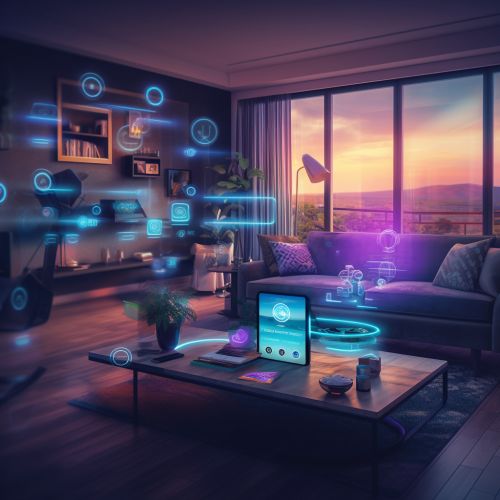Smart Home Technology
Introduction
Smart home technology, also known as home automation or domotics, is a field within building automation that specializes in the specific automation requirements of private homes. It involves the control and automation of lighting, heating, ventilation, air conditioning (HVAC), security, and home appliances. This technology allows homeowners to control smart devices, often by a central hub or a smartphone app.
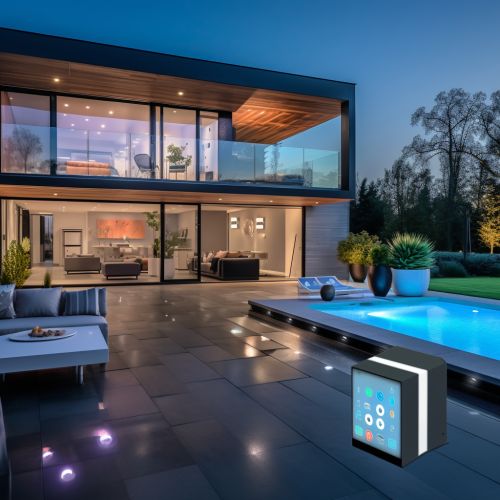

History
The concept of the "smart home" has been present since the early 20th century. The initial focus was on automating physical tasks, such as the "self-cooking" kitchen, introduced at the 1939 New York World's Fair. However, it wasn't until the invention of the microcontroller during the 1970s that marketing a fully integrated "smart home" became possible.
Components of Smart Home Technology
Central Control System
The central control system is the heart of smart home technology. It is a network of hardware and software that communicates with and controls connected devices in a user's home. This system can be either a centralized hub, a wall-mounted panel, or can even be controlled through an app on a smartphone or tablet.
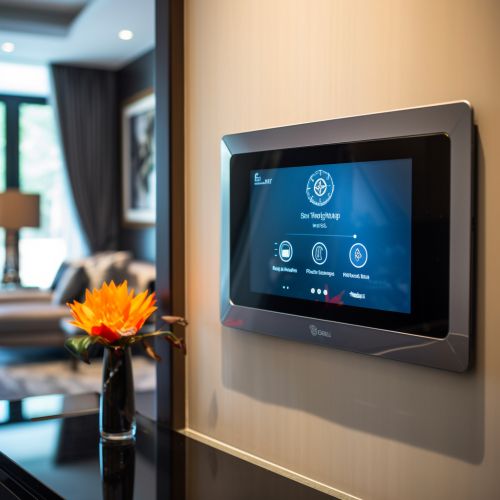
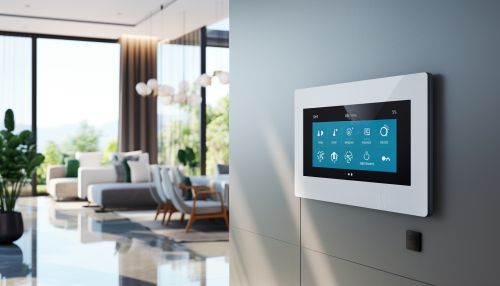
Smart Devices
Smart devices are the individual components that make up a smart home. These devices can include lighting fixtures, thermostats, security systems, and appliances. These devices are often connected to the central control system via a wireless network.


Connectivity
Connectivity in a smart home refers to the way smart devices communicate with each other and the central control system. This is usually achieved through wireless communication protocols such as Zigbee, Z-Wave, or Wi-Fi.


Benefits of Smart Home Technology
Smart home technology offers numerous benefits to homeowners. These include increased comfort, energy efficiency, security, and convenience.
Comfort
Smart home technology can significantly enhance the comfort of a home. For example, smart thermostats can learn a homeowner's schedule and preferences, adjusting the temperature to ensure comfort throughout the day.
Energy Efficiency
Smart home technology can also improve energy efficiency. For instance, smart lighting can be programmed to turn off when no one is in a room, and smart thermostats can adjust the temperature based on when the home is occupied or vacant.
Security
Smart home technology can enhance home security. Smart locks and security systems allow homeowners to monitor their home's security remotely and receive alerts if a potential issue is detected.
Convenience
Smart home technology provides convenience. Many smart devices can be programmed to perform tasks automatically, reducing the amount of time and effort required to perform daily tasks.
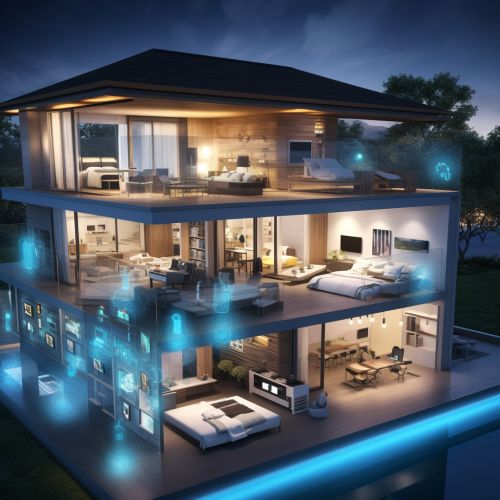

Challenges and Concerns
While smart home technology offers numerous benefits, it also presents several challenges and concerns. These include privacy and security issues, interoperability, and the cost of implementing and maintaining a smart home system.
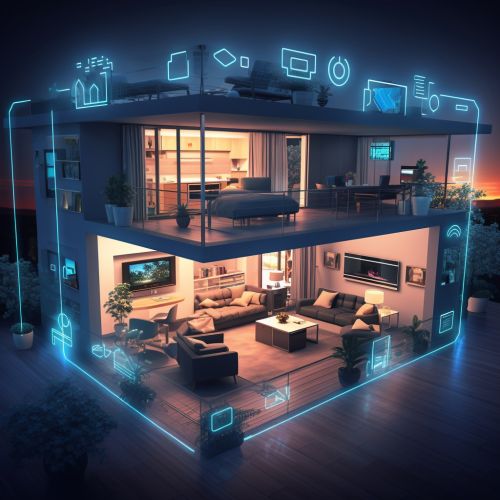
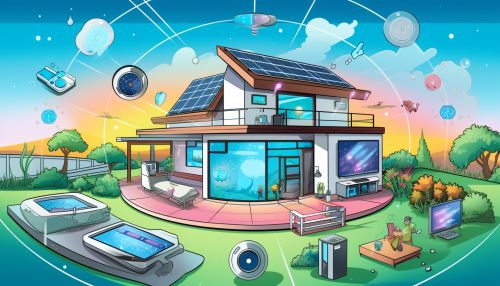
Future of Smart Home Technology
The future of smart home technology is promising, with advancements in artificial intelligence, machine learning, and the Internet of Things (IoT) expected to further enhance the capabilities of smart homes.
